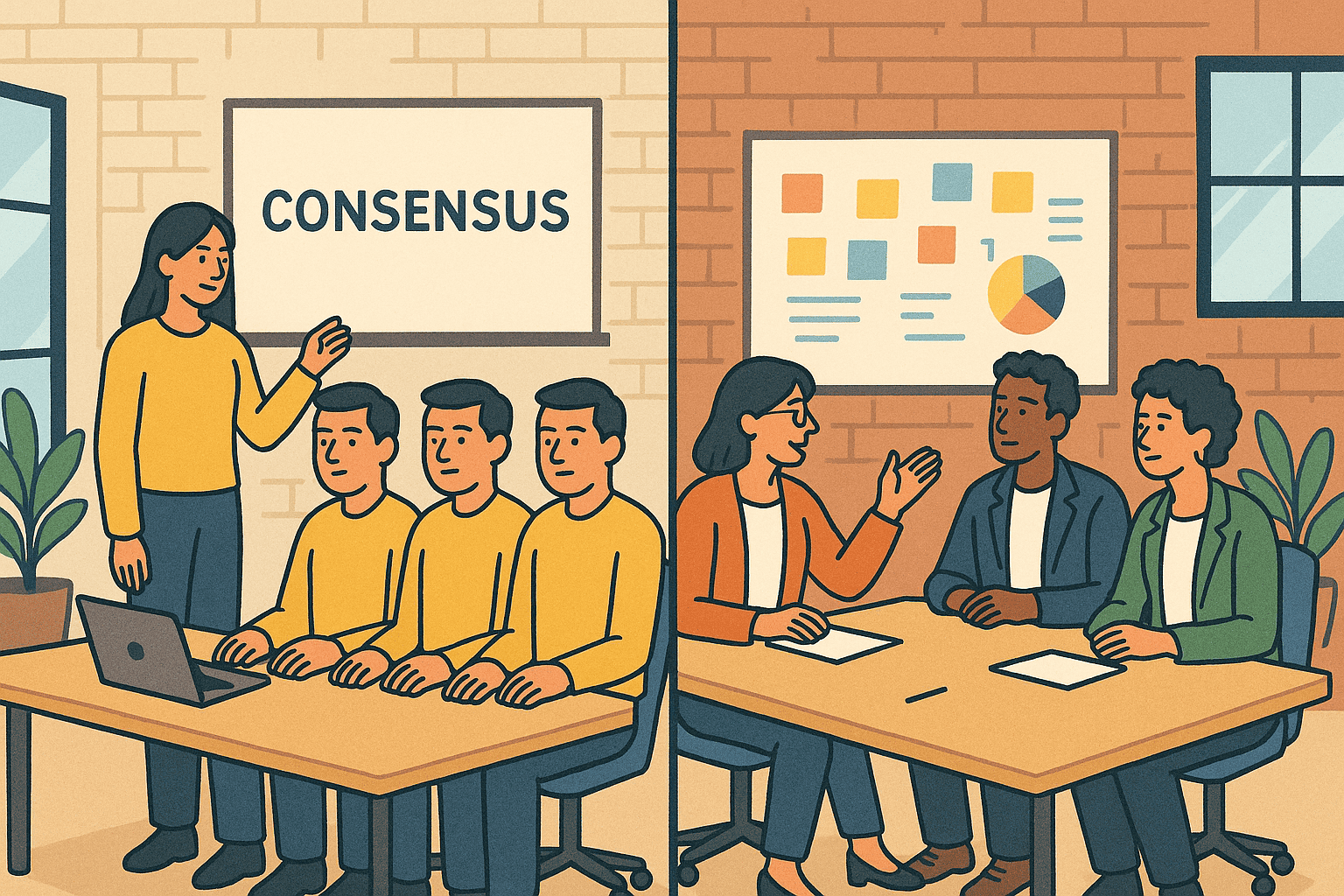


Getting to Yes When Others Say No
There is a common narrative that some of the best companies are the ones that most investors passed on in the early days. While successful VCs must source the right opportunities, I think picking is really what distinguishes the best early stage investors even more than access.
Honestly, when I think about some of the seed funds that I most admire, it’s because they consistently say “yes” to companies that turn out great before it’s obvious, not because they win hot deals that everyone else wants to be a part of.
Most VCs say “no” all day long. Accordingly, it’s easy for founders to forget that we are desperately trying to say “yes”. I find even investors forget that the goal is to say “yes” — I know I have. When we take a meeting, we should be hoping that it is the beginning of a process to get to “yes,” even if it seems like we are poking around your business to find reasons to say “no”.
However, getting to “yes” is tough in a business where most outcomes aren’t great. It makes it hard for investors to think independently and to ignore what the crowd is doing. So, how do the most successful investors get to “yes” when others don’t? Here are a few observations.
First, successful investors maintain their optimism and try to talk themselves into saying “yes”. This is actually why in some sense, success begets success in venture. When you’ve been a part of a really successful outcome, you know what that looks like and you internalize the power-law dynamic of a successful company. I actually think this is also why people who are brand new to venture sometimes have an incredible nose for deals early on. They may miss a lot of the flaws that companies have that are obvious to more experienced investors, but they have the bright-eyed optimism that, sometimes, more seasoned investors have lost.
This was described well by my friend at a large, multi-stage fund when we were discussing our shared admiration for one of the OG’s of the firm. He was in his 70s and still active. My friend put it well: “He always tries to talk himself into a deal first before talking himself out of it.” Of course, ultimately, he does the critical analysis to figure out whether an investment is right for him, but I love the idea of always starting off trying to talk yourself into a deal. Instead of one’s first instinct being, “I’ve seen dozens of companies like this,” or, “I’ve seen this movie before,” the better question to always ask is, “Has anything changed?” or, “Is there something different here?”
Relatedly, successful investors have an amazing sense of timing that is independent of the waves or trends of the current day. Many companies are ones that have been tried before, with a graveyard of companies laying at the feet of incumbents that may have immense network effects or defensive moats around their businesses. But things change, and optimistic investors are often in a better position to spot those changes early.
When I was first getting to know David Frankel at Founder Collective many years ago, I went out of my way to ask him about his seed investment in Seatgeek. How on Earth did he get to “yes” with that company? Ticketmaster had a stranglehold on the industry. Other aggregators with excellent teams and lots of funding had emerged and seemed formidable. Many other companies unsuccessfully tried to go after the event ticketing space. I always remember his answer: “Preparedness.” Because of his prior experience in the sector with related companies, he was prepared to say yes at the right time with the right team. I think it’s actually much easier for past experiences to turn investors off certain sectors. They often know too much and lose their optimism and objective view of the market. But experience coupled with optimism breeds preparedness.
The third thing I noticed from successful early investors is that they inherently know that early stage investing is a weighing exercise. What I mean is that evaluating a company isn’t primarily about analyzing the strengths and weaknesses of an opportunity or working through a checklist. It’s figuring out which attributes matter more or less in a particular company, and figuring out if a team or opportunity is exceptionally strong on those dimensions. Almost all investors get to the same place in evaluating the merits and flaws of a deal. The difference among those who get to “yes” is how they weigh the things that matter most.
This is also part of what makes investors the right “fit”for a particular company. There are certain elements that one investor would care more about than others. Or, there are certain risks that an investor is willing to suspend disbelief for versus others. For example, some folks really want to invest in large existing markets even if there is a lot of perceived competition. Others are willing to invest in niche markets that seem small but are very much underserved. Both investors probably see the same attributes in any one company, but weigh the different strengths and risks differently. Figuring out this weighing is a big part of developing your own “style” as an investor, and a big part of how founders ought to think about founder/investor fit and getting someone to “yes”.





